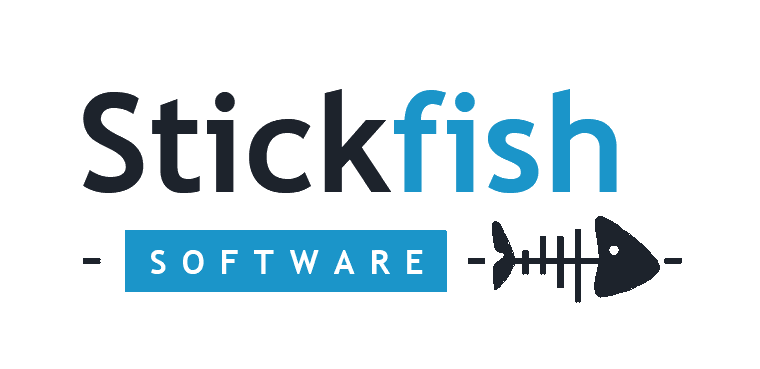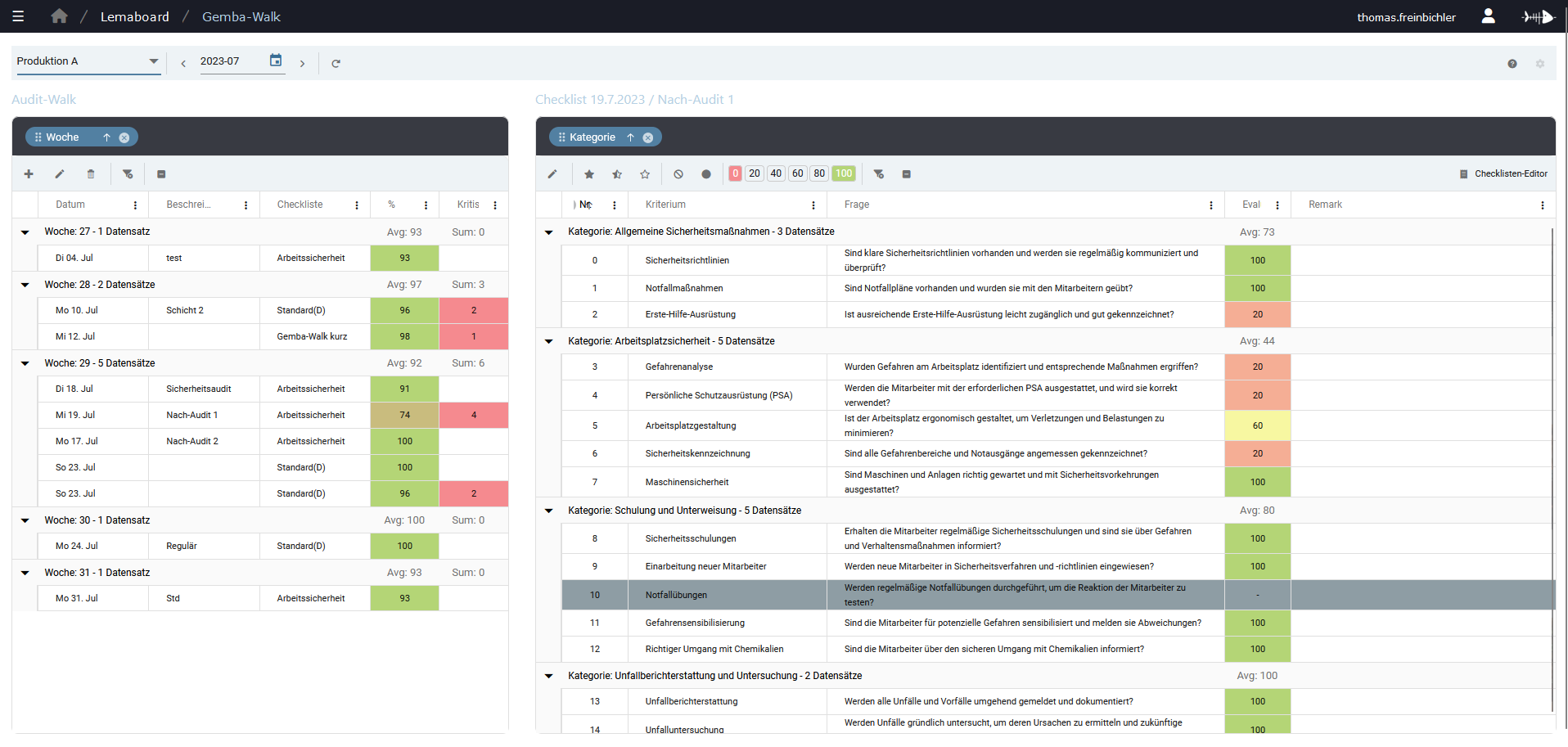In today’s dynamic business world, the difference between success and failure can often be attributed to the efficiency and effectiveness of operational processes. This is where digital Lean Management comes into play.
What is Digital Lean Management?
Digital Lean Management is an evolution of traditional Lean Management, a philosophy aimed at eliminating waste and maximizing value for the customer. The digital component introduces state-of-the-art technologies to achieve these goals even more effectively. It involves translating the principles of Lean Management into the digital realm to increase productivity, optimize processes, and gain a real competitive advantage.
The Benefits of Digital Lean Management
The transition to digital Lean Management offers numerous benefits that can revolutionize your business processes:
1. No Paper: By using digital tools and technologies, you can bid farewell to paper piles. This not only leads to a more environmentally friendly approach but also significantly reduces the effort and costs associated with managing and storing physical documents.
2. No Manual Data Processing: With digital Lean Management systems, time-consuming manual data processing becomes a thing of the past. Information is automatically captured, updated, and analyzed, minimizing human errors and speeding up work processes.
3. On-Demand Analysis: One of the most remarkable improvements in digital Lean Management is the immediate availability of real-time data and analyses. You can get detailed insights into your processes, performance metrics, and trends at the push of a button, enabling faster and more informed decision-making.
4. Efficiency Boost: Automation of tasks and the ability to monitor data in real-time lead to a significant increase in efficiency. Employees can focus on value-added activities instead of wasting time on manual and repetitive tasks.
5. Improved Employee Satisfaction: Digital Lean Management allows employees to concentrate on more challenging and interesting tasks as routine work is automated. This contributes to employee satisfaction and can enhance employee retention.
6. Continuous Improvement: Thanks to digital data collection and analysis, companies can more easily identify weaknesses in their processes and implement continuous improvements. This results in a more agile and competitive organization.
7. Cost Savings: By reducing waste, optimizing processes, and efficiently using resources, companies can achieve substantial cost savings, positively impacting profitability.
The benefits of digital Lean Management are diverse and can vary depending on the industry and company size. In any case, implementing digital tools and technologies provides the opportunity to revolutionize your operational processes and strengthen your company’s competitiveness.
Implementation of Digital Lean Management
Implementing digital Lean Management requires a clear strategy and a solid plan. It begins with training and educating your employees in the fundamentals of Lean Management.
Key principles you should convey include:
Value: Determine what is valuable to your customers.
Value Stream: Identify all steps in the process that lead to the end product.
Flow: Ensure that products and services flow smoothly through the process.
Pull: Produce only what the customer needs and in the required quantity.
Perfection: Strive for continuous improvement and aim for perfection.
There are many digital tools and techniques available that can be helpful in implementing Lean Management. These include AI-powered systems that collect and analyze data, digital Kanban boards for effective workload management, and cloud-based platforms that improve information flow.
Implementing digital Lean Management is a journey, not a destination. It requires continuous effort and commitment from all stakeholders.
Conclusion
Whether you are new to Lean Management or looking for ways to improve your existing processes, the digital component offers a wealth of opportunities. With the right strategy and the right tools, your company can become more efficient, productive, and profitable.

